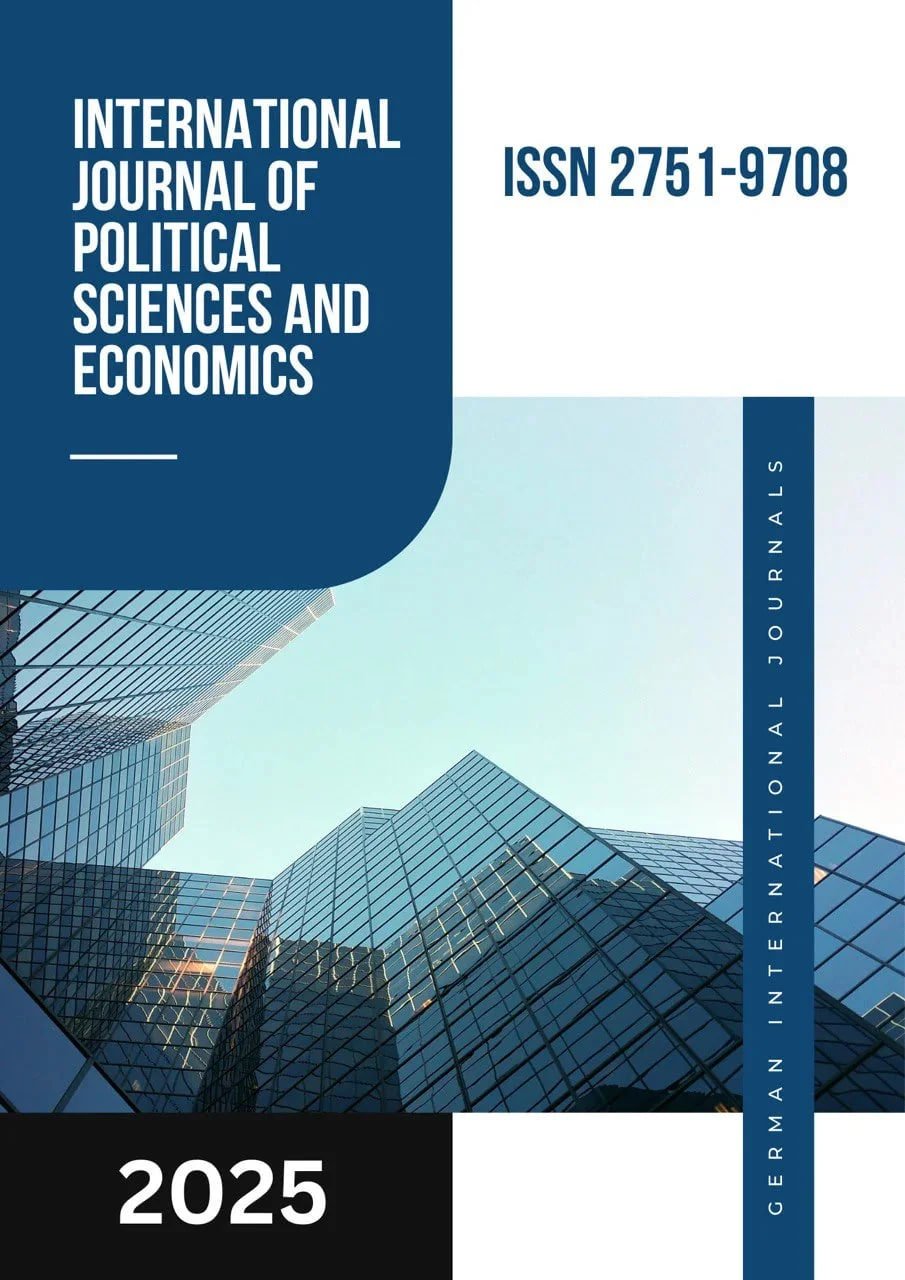ANTIBIOTICS: USES, RESISTANCE, AND PROBLEMS
DOI:
https://doi.org/10.55640/Keywords:
Antibiotics, bacterial infections, antibiotic resistance, misuse, antimicrobial stewardship, healthcare, multidrug resistanceAbstract
Antibiotics have been a cornerstone of modern medicine, saving countless lives by effectively treating bacterial infections. However, their widespread and sometimes inappropriate use has led to the emergence of antibiotic resistance, one of the most critical global health threats today. This article explores the clinical uses of antibiotics, the mechanisms and drivers of resistance, and the growing problems associated with misuse. It also examines global strategies to address antibiotic resistance and highlights the role of healthcare professionals in promoting rational antibiotic use.
References
1.Laxminarayan, R., Duse, A., Wattal, C., et al. (2013). Antibiotic resistance—the need for global solutions. Lancet Infectious Diseases, 13(12), 1057–1098.
2.Spellberg, B., Powers, J. H., Brass, E. P., et al. (2011). Trends in antimicrobial drug development: Implications for the future. Clinical Infectious Diseases, 52(5), 10-15.
3.Finch, R. G. (2007). Antibiotics: Mechanisms of action and resistance. International Journal of Antimicrobial Agents, 29(2), 94-100.
4.Boucher, H. W., Talbot, G. H., Bradley, J. S., et al. (2009). Bad bugs, no drugs: No ESKAPE! Clinical Infectious Diseases, 48(1), 1–12.
5.World Health Organization (WHO). (2014). Antimicrobial Resistance: Global Report on Surveillance. Available at: https://www.who.int
6.Smith, R. D., & Coast, J. (2013). The economic burden of antimicrobial resistance: Why it is more serious than we think. Applied Health Economics and Health Policy, 11(5), 379-383.
7.Van Boeckel, T. P., Brower, C., Gilbert, M., et al. (2015). Global trends in antimicrobial use in food animals. Science, 347(6225), 564-567.
Downloads
Published
Issue
Section
License

This work is licensed under a Creative Commons Attribution 4.0 International License.
Authors retain the copyright of their manuscripts, and all Open Access articles are disseminated under the terms of the Creative Commons Attribution License 4.0 (CC-BY), which licenses unrestricted use, distribution, and reproduction in any medium, provided that the original work is appropriately cited. The use of general descriptive names, trade names, trademarks, and so forth in this publication, even if not specifically identified, does not imply that these names are not protected by the relevant laws and regulations.







